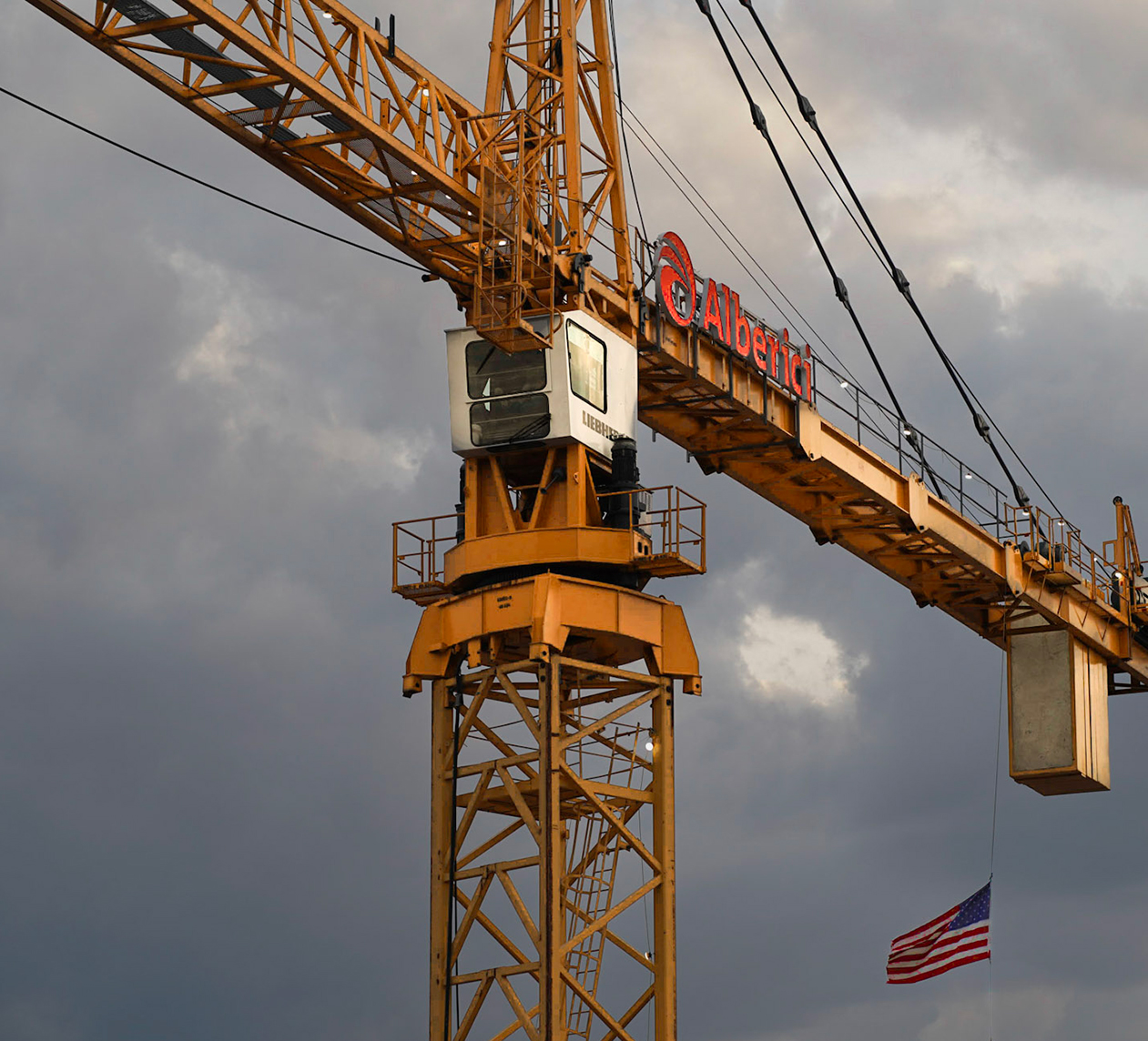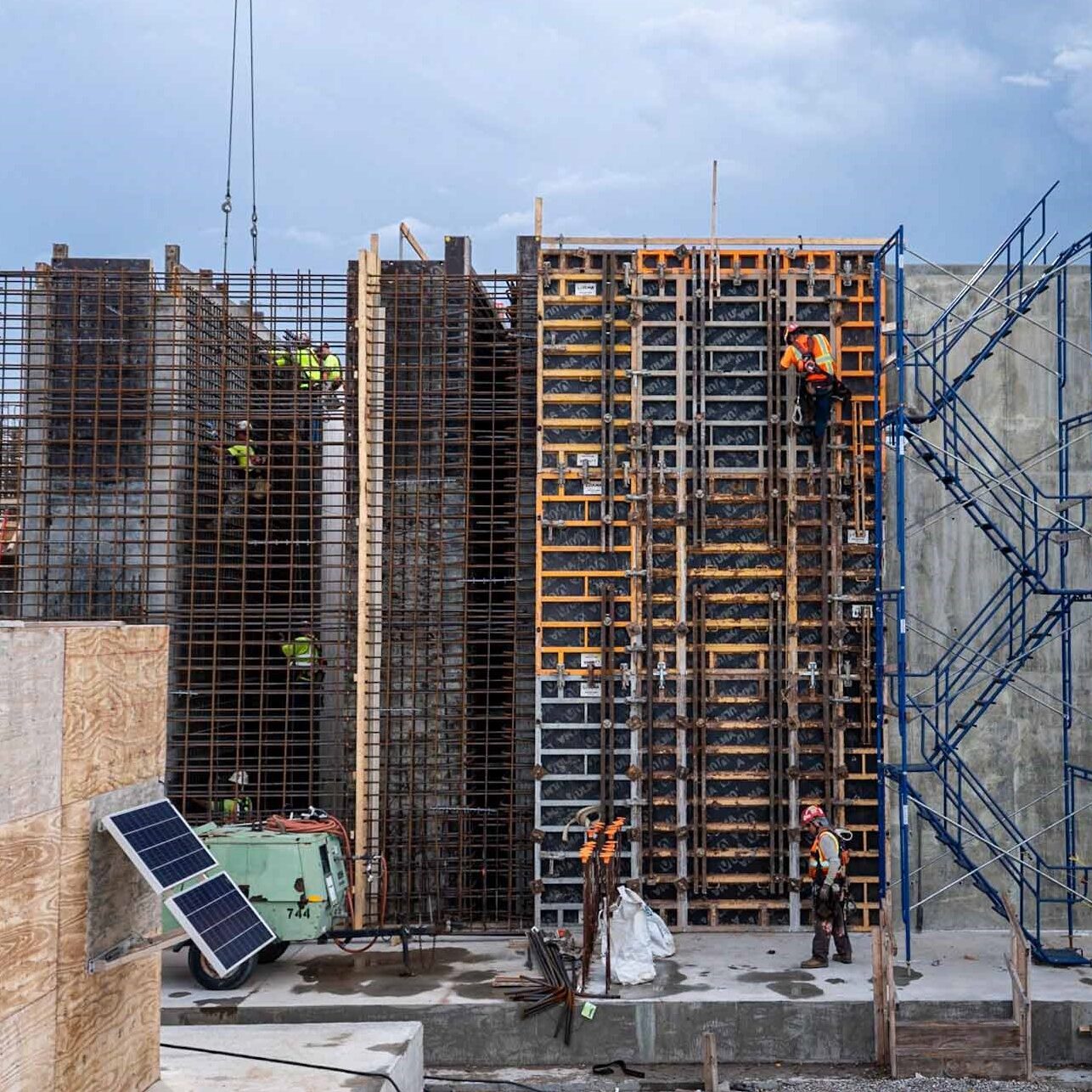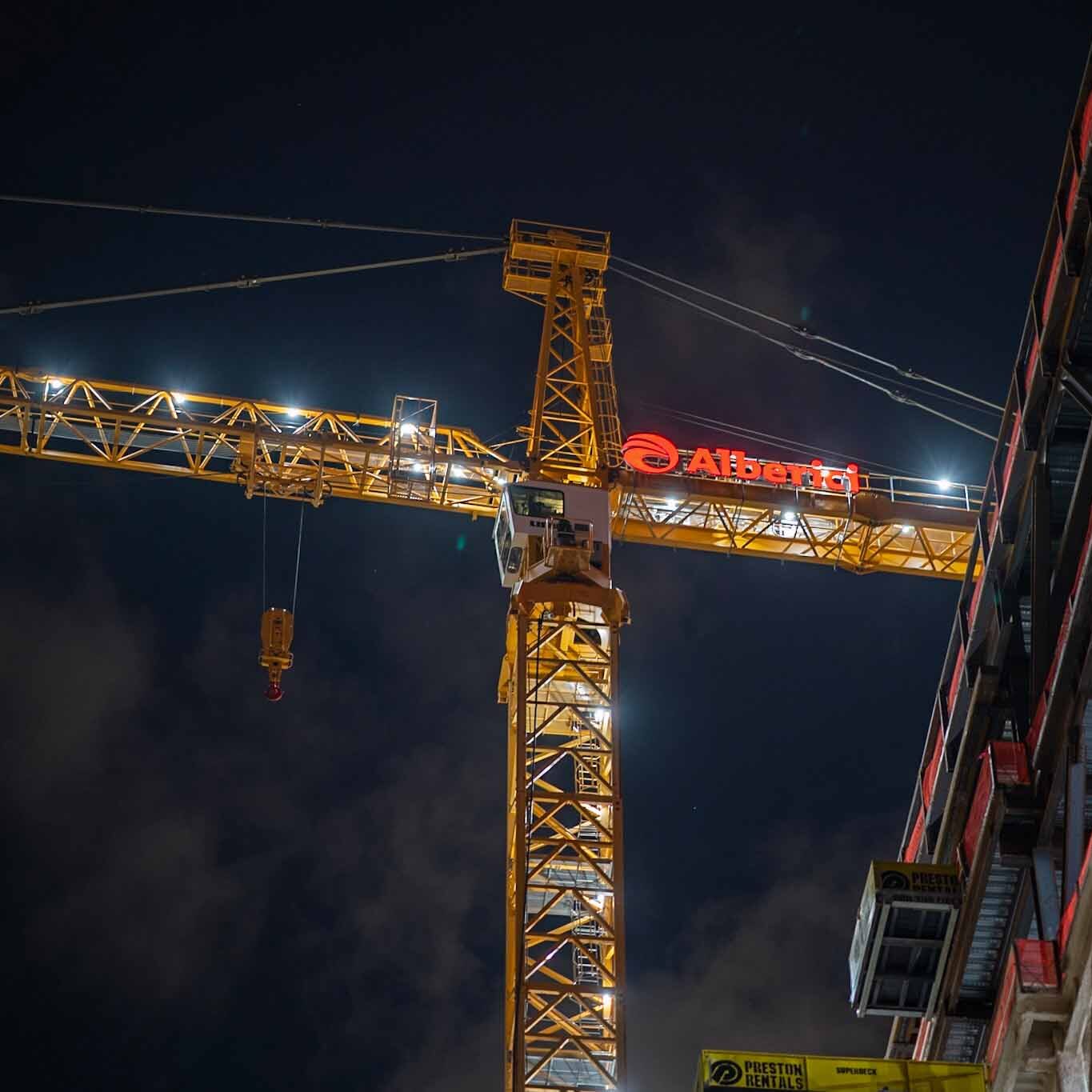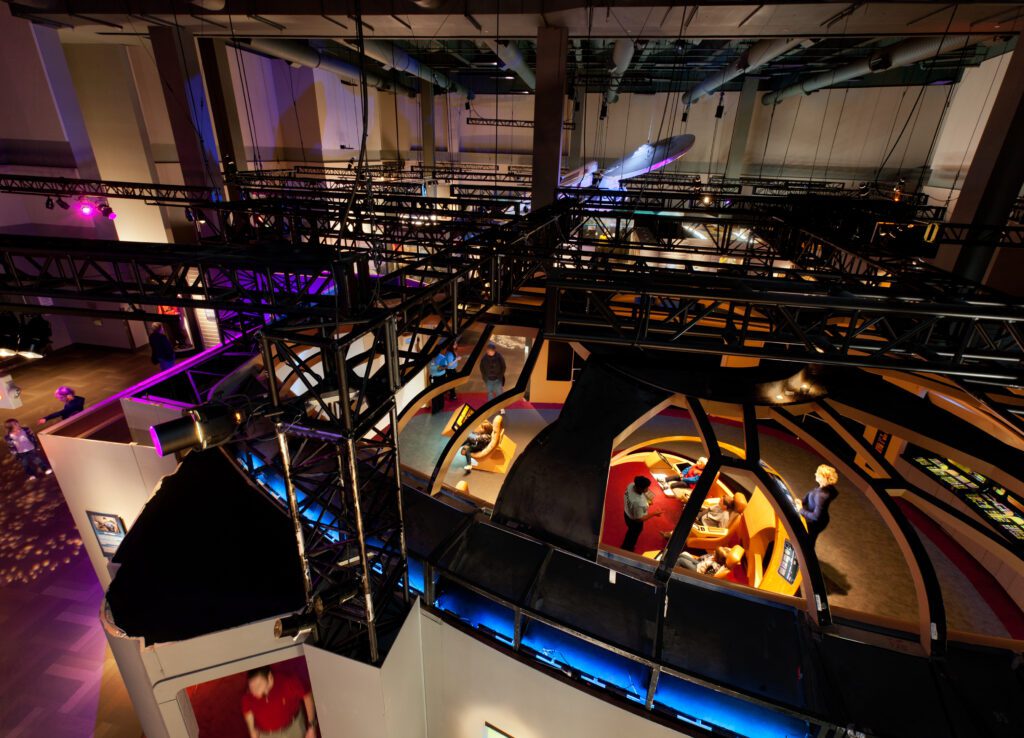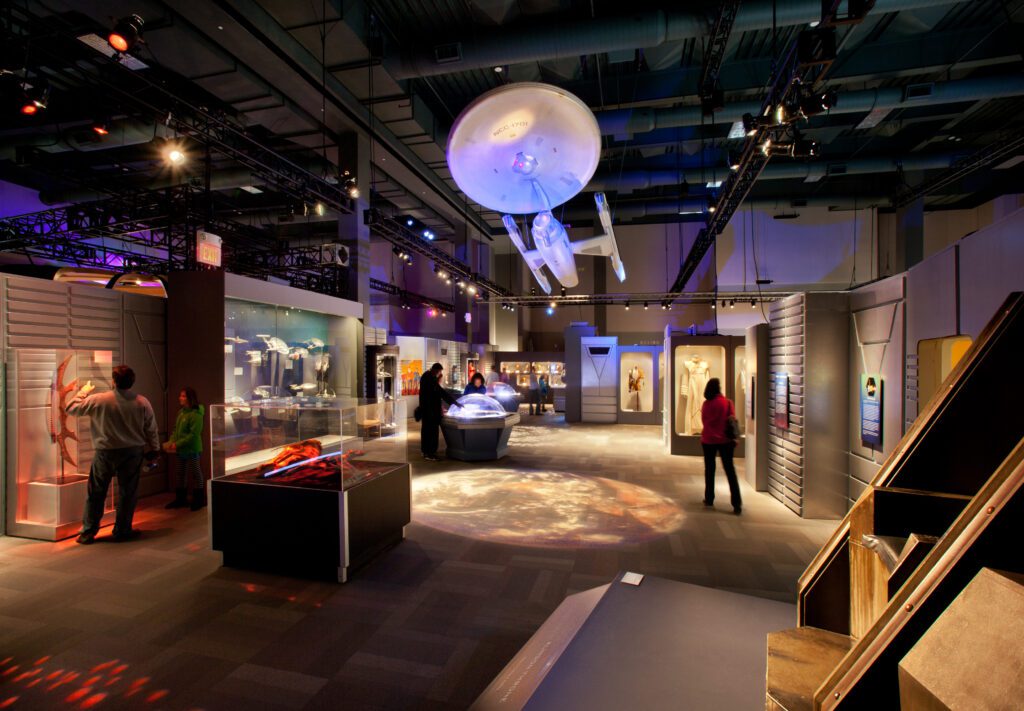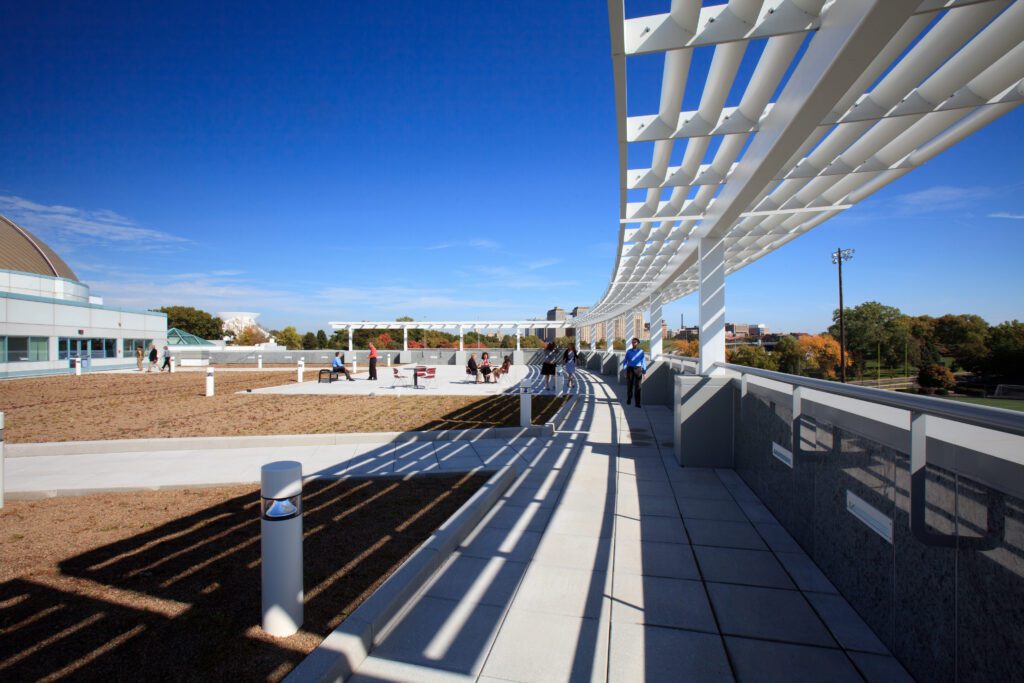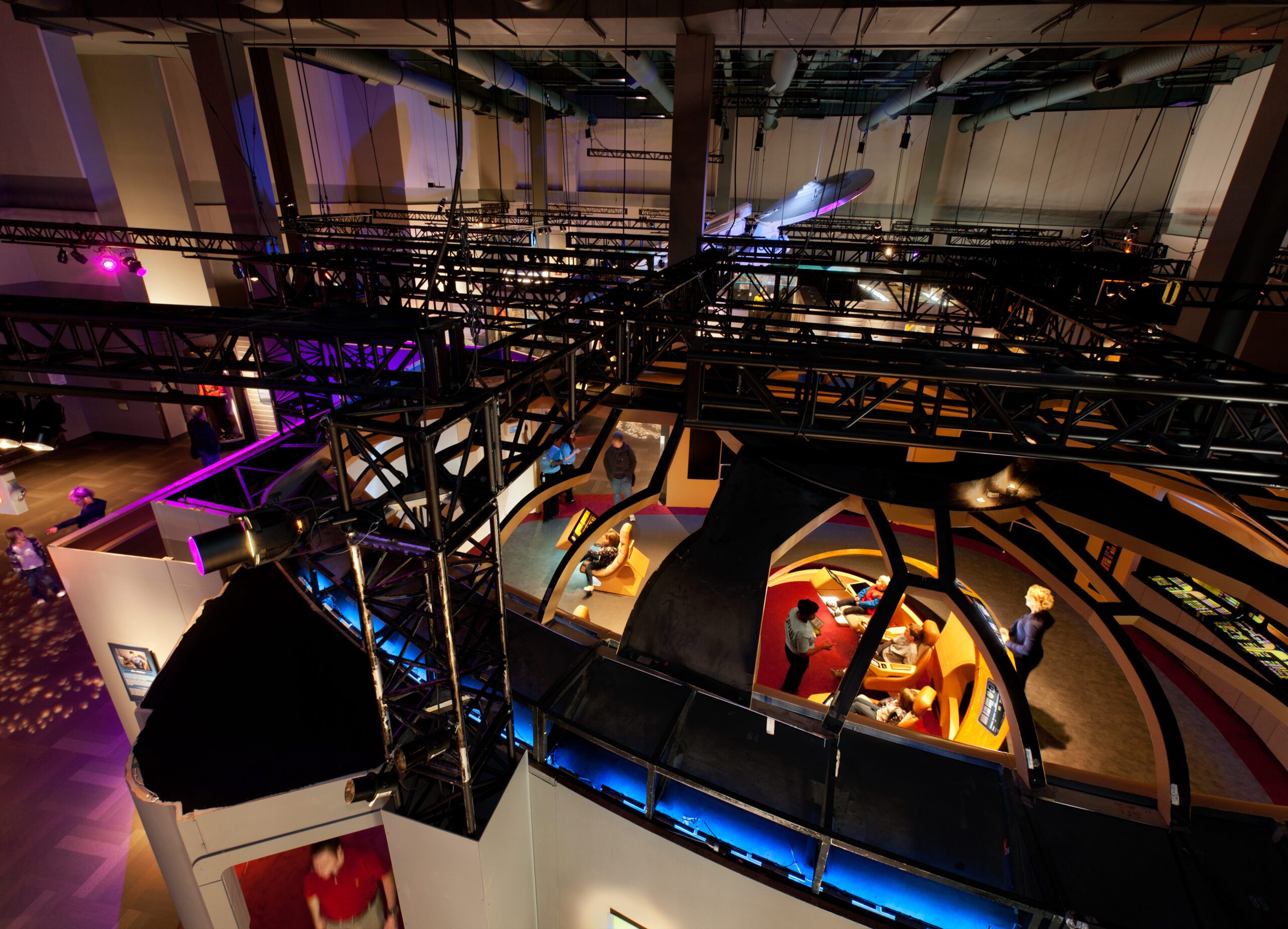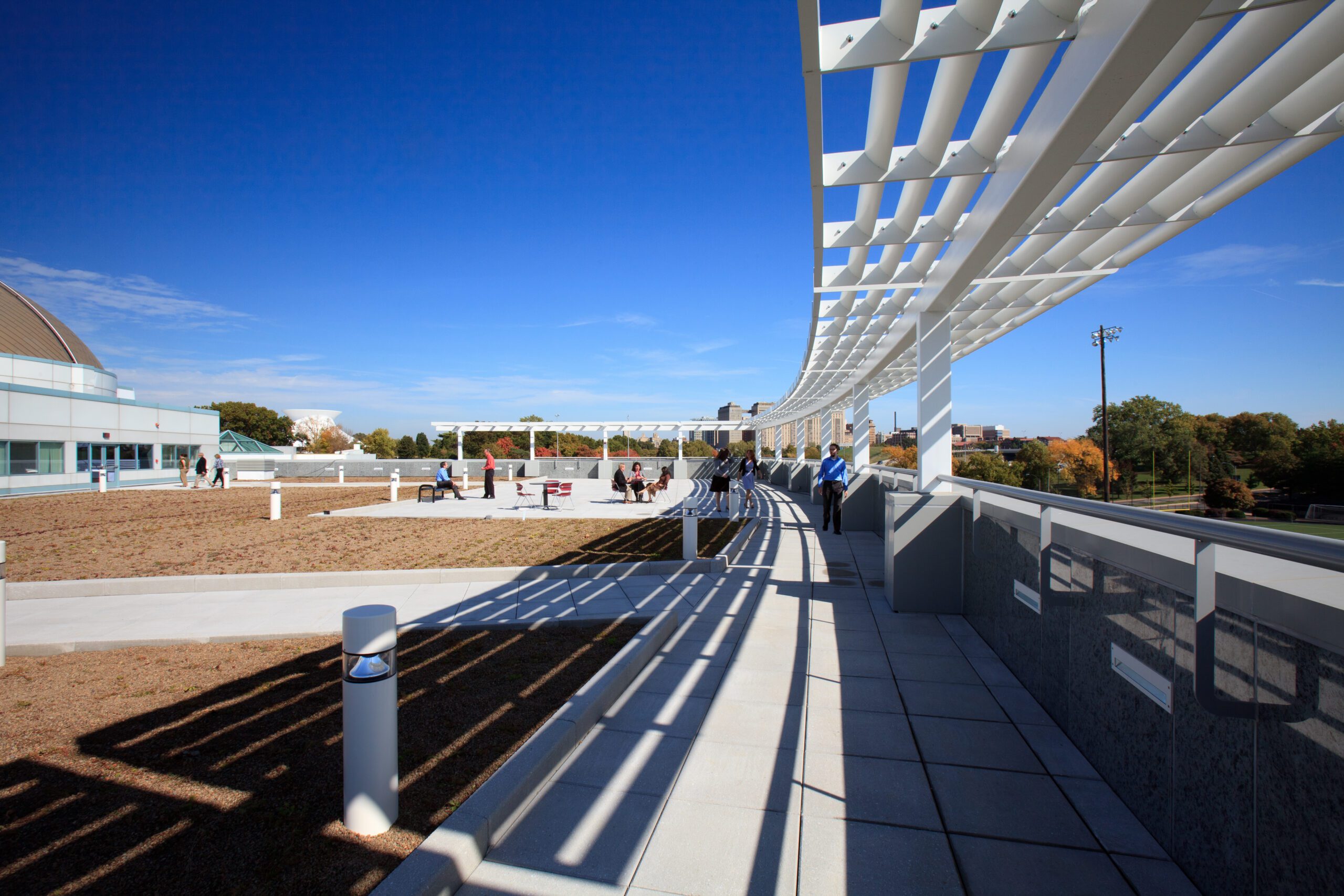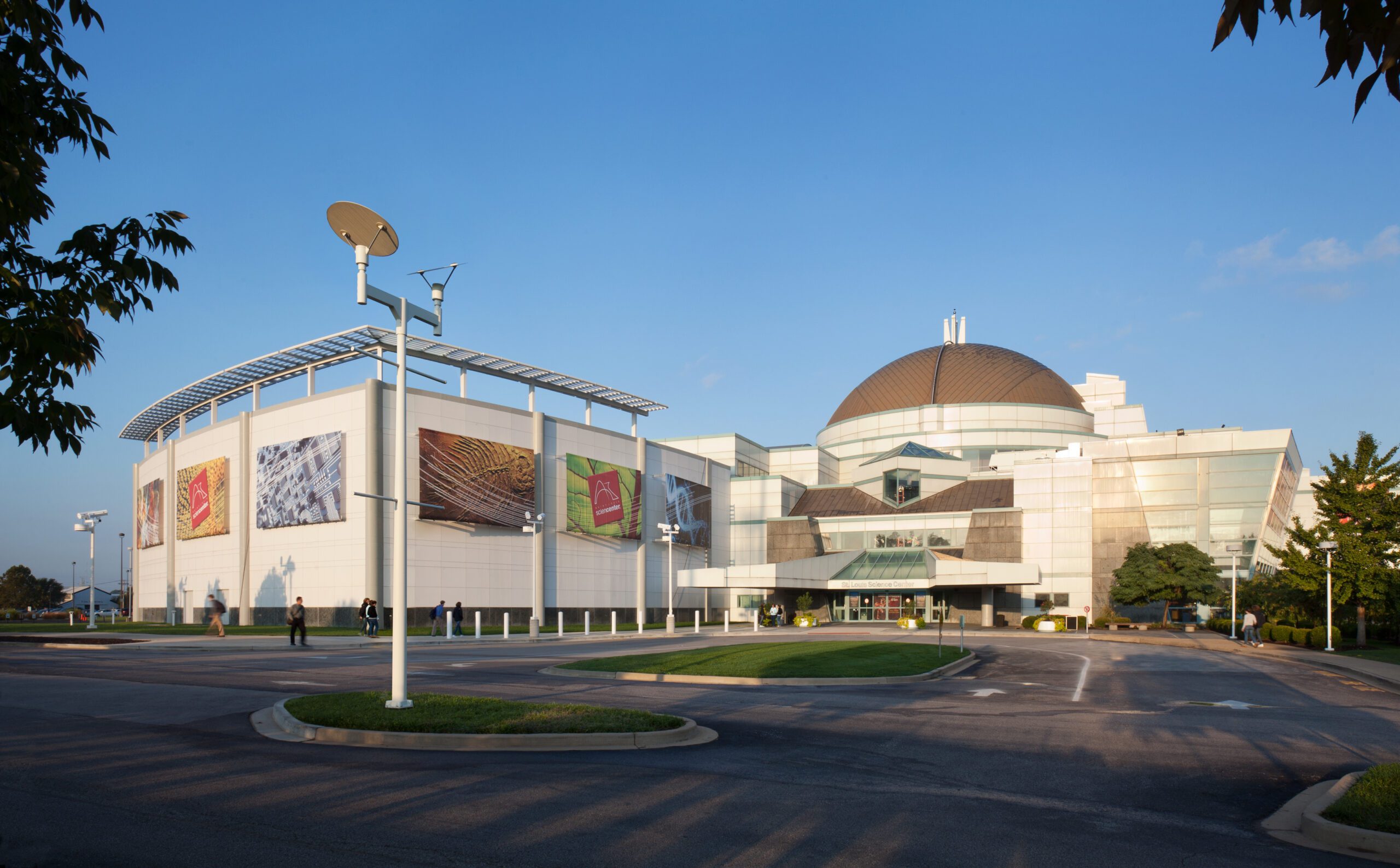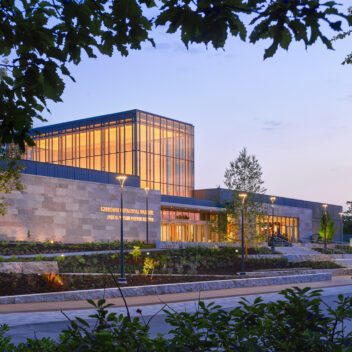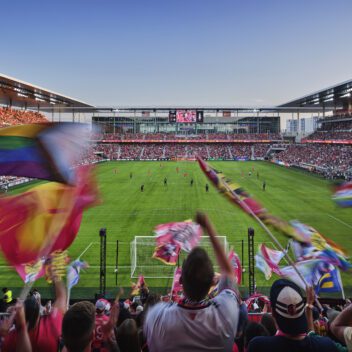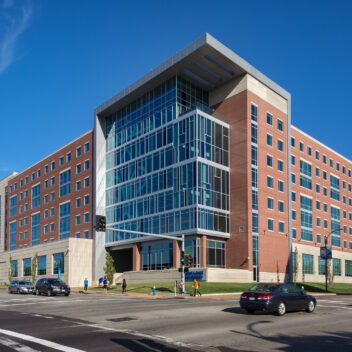Built with challenging constraints, exhibit hall wins ENR-Midwest Best Small Project Award
Market
Buildings
Key Services
Construction
Preconstruction
Self-Perform
Strategic Partnerships
Delivery Method
Construction Manager at Risk (CMAR)Capacity
26,000 SFThe challenge
Boeing Hall was a 26,000 SF addition to St. Louis Science Center. Its specialized construction necessitated unique lighting, air-quality, and acoustical systems essential for use in museums. The design included expansive floor spans and ceiling heights sufficient to support large displays, easy maintenance access to utilities, load-out sequences for traveling exhibits, ease of access for visitors, and energy-efficient temperature and humidity controls to protect fragile artifacts. The new addition also included one of the first and largest green roof systems within the St. Louis region.
The project contained unusual site constraints, including underground stormwater tunnels that routed the River Des Peres adjacent to the new structure. With underground tunnels in the east, the existing Science Center on the west, and close proximity of the main entrance to the north, a comprehensive workplan had to be developed. Additionally, excavation of more than 20 feet deep, and only eight feet away from the museum’s main-entry sidewalk, needed to occur while the building remained operational and allowed patrons to visit.
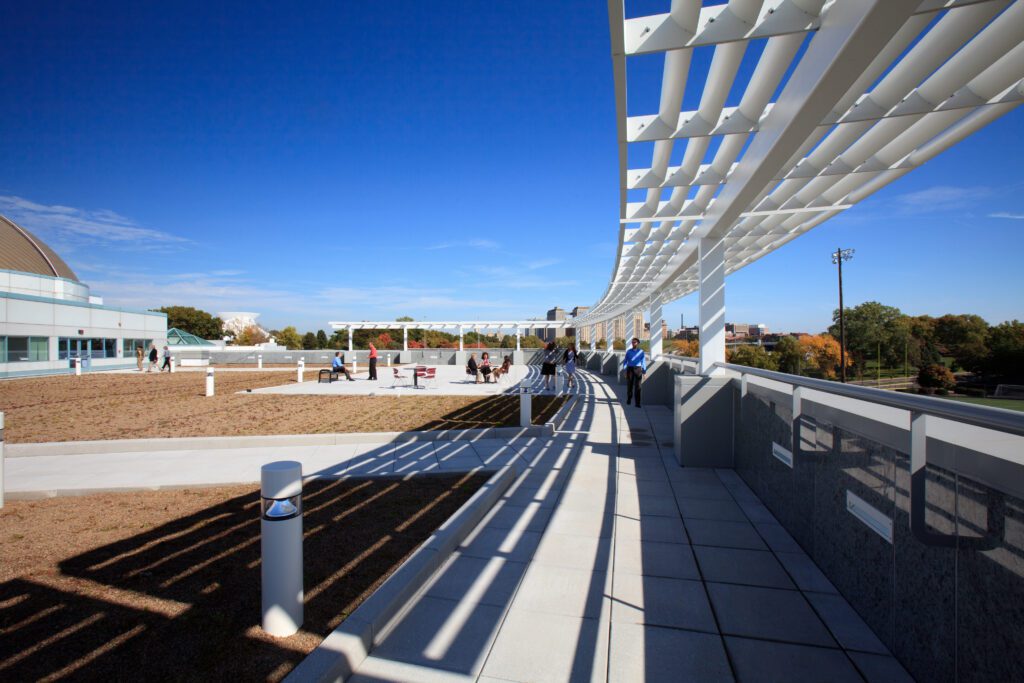
Key Facts
ENR Midwest Best Small Project Award winner
LEED Silver certified
Specialized MEP systems
Challenge met
With multiple site challenges and public safety concerns, the team devised a creative plan that not only achieved success, but also allowed Science Center’s visitors to learn about the ‘science behind construction’. To avoid the construction site being placed directly over the underground stormwater tunnels, and to best protect the public, an alternative site was utilized, and a protective walkway was installed with Plexiglas portals at various junctions so that visitors could learn more about engineering and the building process. Approximately 900,000 visitors safely passed through the walkway during construction and the project was completed on time and with zero change orders.
